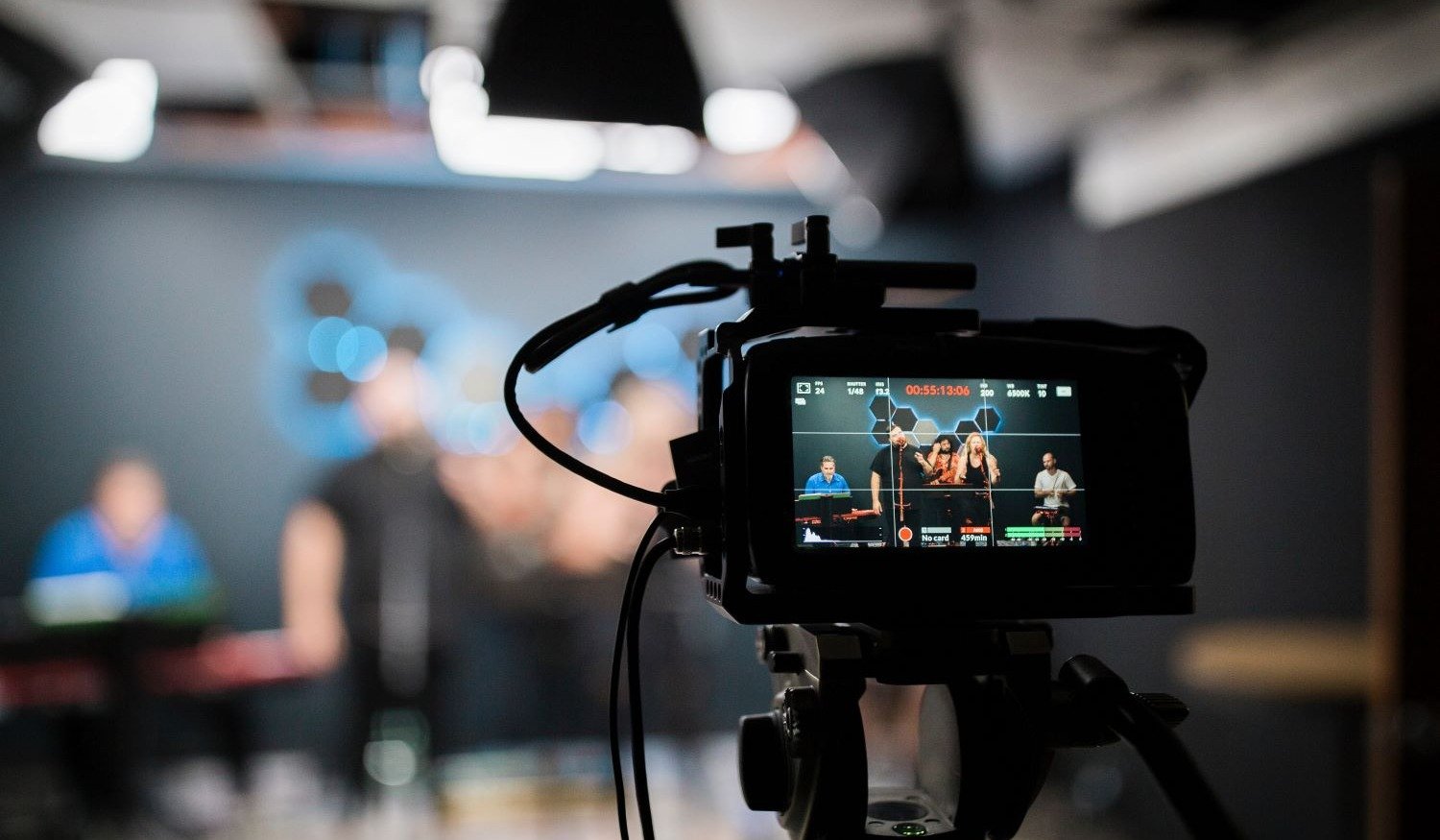Planning your video
When it comes to your script, you should write it and direct with accessibility in mind from the very start. For example, are you including audio descriptions? If so, you’ll need to allow time between scenes for these to be read. If there are words on the screen as part of the film or animation, allow enough screen time for the user to take in all relevant content on the screen. This is likely to be the case if you’re creating an instructional video.
When it comes to your copy, stick to descriptive and simple language at all times. This will ensure that your video content is nice and easy to follow, and descriptive enough to let the user know what’s happening if they are unable to see or hear the content.
Creating your video
Once you’ve finalised your script for the video, it’s important to choose a suitable font and text size to keep the words easily legible. It’s advisable to opt for a familiar sans serif font, such as Calibri or Arial, and you’ll want to use a minimum font size of 14pt.
It’s also important that you allow room for your captions to ‘breathe’ in your video design. Consider the available space at the bottom of the screen, as this needs to be clear for captions. Captions should be applied on solid colour backgrounds, so everything you want the viewer to see should be above that space in your video. Think of this space as similar to the ‘visible print area’ on a banner.
When it comes to animation work, you’ll want to make sure that you choose your colours carefully. Certain colour pairings might not be accessible, so you’ll want to check these in line with the WCAG (Web Content Accessibility Guidance) 2.1 guidelines, found here.
You should also avoid any flashing content, as this can be a trigger for those with epilepsy. For the full WCAG guidance on flashing content, click here.
Captions, British Sign Language (BSL) and audio description
Captions are important as they provide accessibility for members of your audience with hearing impairments who are unable to hear your video. However, captions are also important for the viewers who may choose not to turn on the sound due to their environment or surroundings. So, captions ensure the content of your video is still as easily comprehended and enjoyed by everyone within your audience.
BSL can also be used to greatly improve the experience of your video content for people who use this form of communication. It can provide an enhanced experience that goes one step beyond captions.
You can see an example of video content including BSL in an alumni community video that we produced for the University of Salford below:
Audio descriptions are important as they help to depict the key visual elements of your video content to provide a more enriched experience for members of your audience with impaired vision. Just remember to allow time for audio descriptions in your script during the planning phase, as it will likely increase the length of your video.
Select an accessible video player
Once you’ve considered how to make your video accessible for everyone to use, the final crucial stage in this process is to select an accessible video player. Your audience will engage with your video content in a number of ways, using the mouse, keyboard, or assistive technologies like screen readers.
Your video player must support subtitles and audio descriptions, and also be controllable using a keyboard or screen reader. It’s also important to make sure that videos don’t play automatically when the webpage loads, as the sound can interfere with screen readers creating a jarring experience.
Common misconceptions
There are a number of misconceptions around creating accessible video content, a common one being that it will look ‘boring’. However, the guidelines are there to help your content be better and don’t have to be creatively limiting. Plus, accessible video content actually yields much higher engagement, which is a serious plus for your organisation.
Many people might also feel that BSL could detract from their video in some way, but it doesn’t have to be included in every version of your video. We regularly supply multiple versions of video content for our clients, with BSL included as one of the optional versions. This means that our clients are provided with a full suite of content that has multiple uses.
Making your video content accessible shows your audience that you care about providing them with an inclusive experience. This not only helps to foster brand loyalty but can also enhance your brand reputation as an organisation that cares.
We’ve worked with a broad range of clients across the public, not-for-profit and higher education sectors to produce accessible video content, so if you’re looking for support in making your video content inclusive then get in touch with us.
Originally published:
March 25, 2022
Updated:
August 9, 2023






